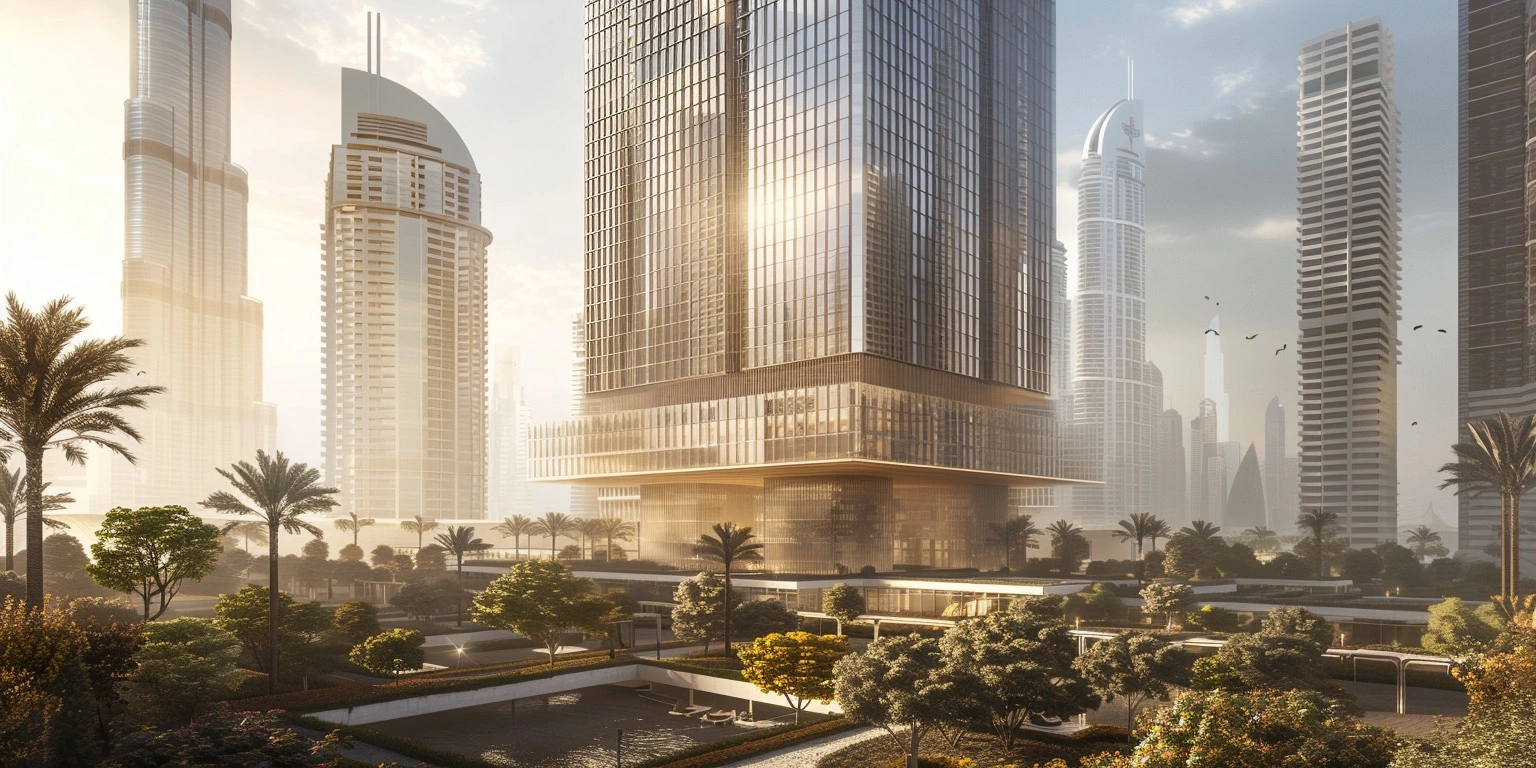
Urban planning is a complex process that involves envisioning, designing, and implementing sustainable and functional communities. It's crucial for urban planners to effectively communicate their ideas to citizens, city authorities, and decision-makers to ensure the success of their projects. Thanks to advancements in technology, particularly in the realms of Augmented Reality (AR) and cloud computing, urban planners now have powerful tools at their disposal to streamline their workflows and improve stakeholder engagement.
One such innovation is the ability to visualize 3D CAD data in immersive Augmented Reality environments. By uploading their 3D CAD planning data to the cloud, urban planners can automatically generate AR visualizations that bring their designs to life. These visualizations not only help citizens, city authorities, and decision-makers better understand complex planning data but also evoke positive emotions that can aid in convincing critical stakeholder groups.

Uploading 3D CAD data to the cloud enables urban planners to easily share their plans with colleagues and stakeholders, facilitating collaboration and communication. In important meetings, these immersive visualizations can be instrumental in convincing the city council and other decision-makers of the merits of proposed projects.
Additionally, cloud-stored 3D CAD data opens doors to other valuable solutions like Pelicad, which automates the creation of 2D visualizations based on the 3D data. This not only saves time but also enhances the accessibility of planning data for stakeholders who may prefer traditional 2D representations.
Furthermore, hosting 3D CAD data in the cloud allows stakeholders to experience intricate planning details in a more understandable manner online. Instead of struggling to interpret 2D plans, citizens can virtually walk through proposed developments, gaining a clearer understanding of the project's impact on their communities.
Beyond visualization, cloud-stored 3D CAD data facilitates collaboration between city administrations and other stakeholders. It enables seamless sharing of data, direct collaboration between administrations, and analysis of metadata, leading to the discovery of new insights and knowledge.
In conclusion, the integration of AR technology and cloud computing into urban planning processes has revolutionized the way planners visualize and communicate their ideas. By leveraging these tools, urban planners can enhance stakeholder engagement, streamline workflows, and ultimately create more sustainable and livable communities.
RELATED POSTS
